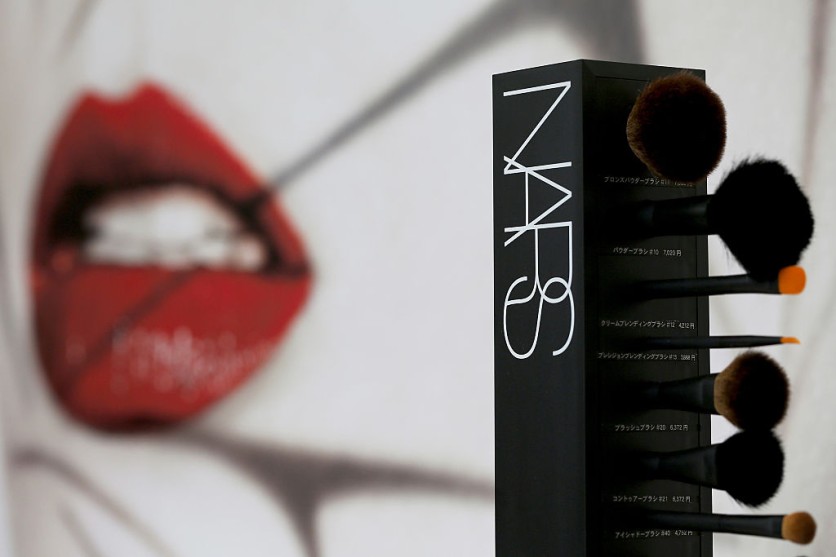Artificial intelligence and cosmetic products are reportedly a welcomed reality for customers as cosmetic giants are using the technology to create the best makeup products.
A perfect example is South Korean cosmetics company AmorePacific's new AI beauty studio, where robots custom blends face products and cutting-edge technology advises on the best lipstick colors.

AmorePacific claims to employ artificial intelligence to provide consumers with the best options from 205 face foundations and 366 lip product shades.
Analysts believe usingAI instead of human advisors might accelerate product development and minimize variability.
According to Business Research Company, the market for AI in the beauty and cosmetics industries is expected to more than double from $3.27 billion in 2023 to $8.1 billion in 2028 as services like virtual makeup artists, skin analysis, personalized beauty recommendations, and diagnostics become increasingly utilized.
AI, in general, is increasingly being employed in several parts of the beauty business, such as modeling and fashion. Some AI-generated fashion models are replacing real-life models in photoshoots.
AI Fashion Models
The first example may be in a photo shoot in which the AI-generated virtual twin of London-based supermodel Alexsandrah stood in for the real Alexsandrah. As with human models, the original model is credited and compensated every time the AI rendition of herself is utilized.
Alexandra says she and her alter ego are "even down to the baby hairs" similar. This is just one more example of how artificial intelligence transforms the creative business and how much or little people get compensated.
Advocates believe that the growing use of AI in fashion modeling exposes variety in all shapes and sizes, allowing buyers to make more personalized shopping decisions and reducing fashion waste from returned products. Furthermore, digital modeling saves firms money and provides opportunities for people who want to work in the technology industry.
Criticisms on AI Fashion Models
However, others are concerned that the use of computer models may drive away genuine models and other professional personnel, such as makeup professionals and photographers.
It is also feasible to trick customers into assuming that AI models are real, and firms may claim credit for reaching diversity requirements without employing real people.
AI has the potential to undo some of the gains achieved by women of color, who have traditionally encountered harsher entrance barriers into the modeling business.
According to research, women are more likely than men to work in occupations that may require the use of technology and are more likely to be replaced.
AI-Generated Fashion Models have existed for quite some time. In 2019, "Lalaland" was developed as a tool for creating customizable AI fashion models for various outfits.
According to Lalaland founder Michael Musandu, the program aims to enhance variety in beauty standards.
Musandu believes that his product should be used alongside traditional picture shoots instead of them. Using various size filters, shoppers may examine nine to twelve models rather than just one, increasing the purchase experience and reducing excess fashion and product returns.
For Musandu, because Lalaland.ai pays individuals to teach its algorithms, the technology provides new job opportunities.
Related Article : Chinese Fast-Fashion Giants Temu and Shein Questioned by EU Regulators on Online Content Compliance





![Most Useful Google Chrome Keyboard Shortcuts You Need to Know to Improve Your Browsing Experience [2024]](https://d.techtimes.com/en/full/449047/most-useful-google-chrome-keyboard-shortcuts-you-need-know-improve-your-browsing-experience-2024.jpg?w=184&h=103&f=476d29fd60df70a67f6679f99a2ca6d0)